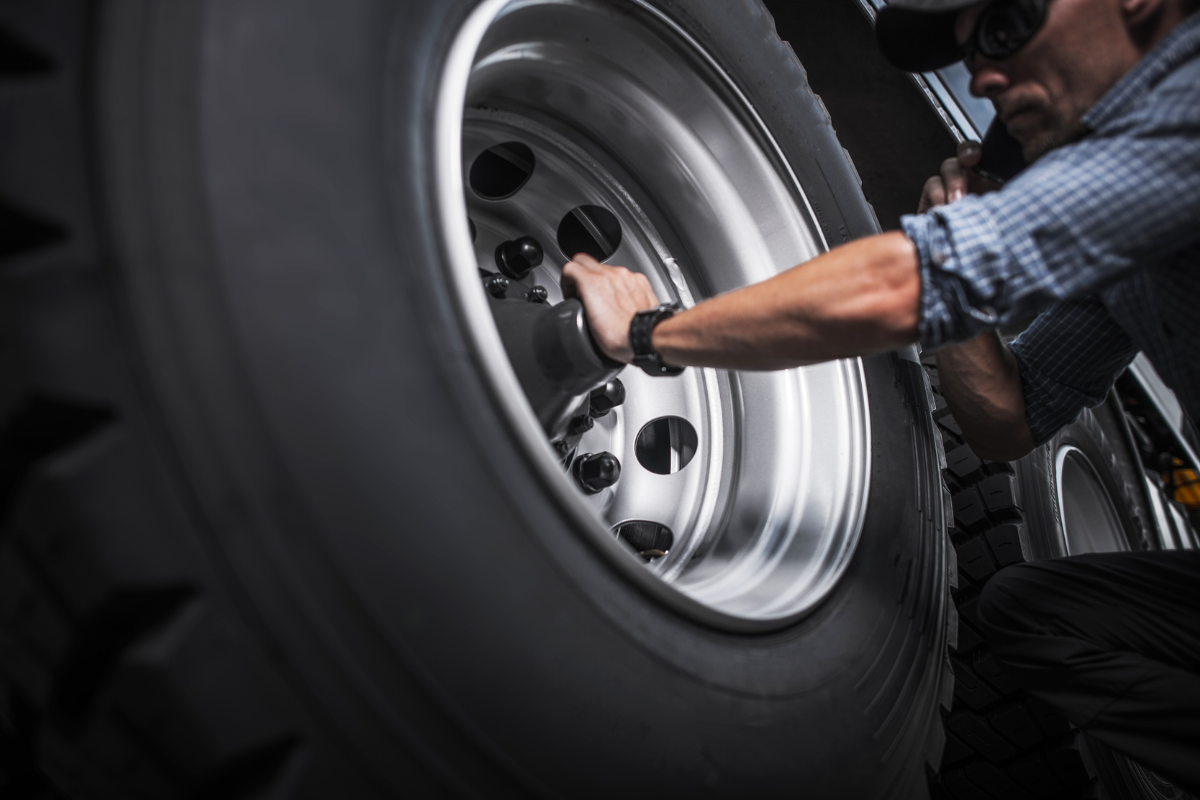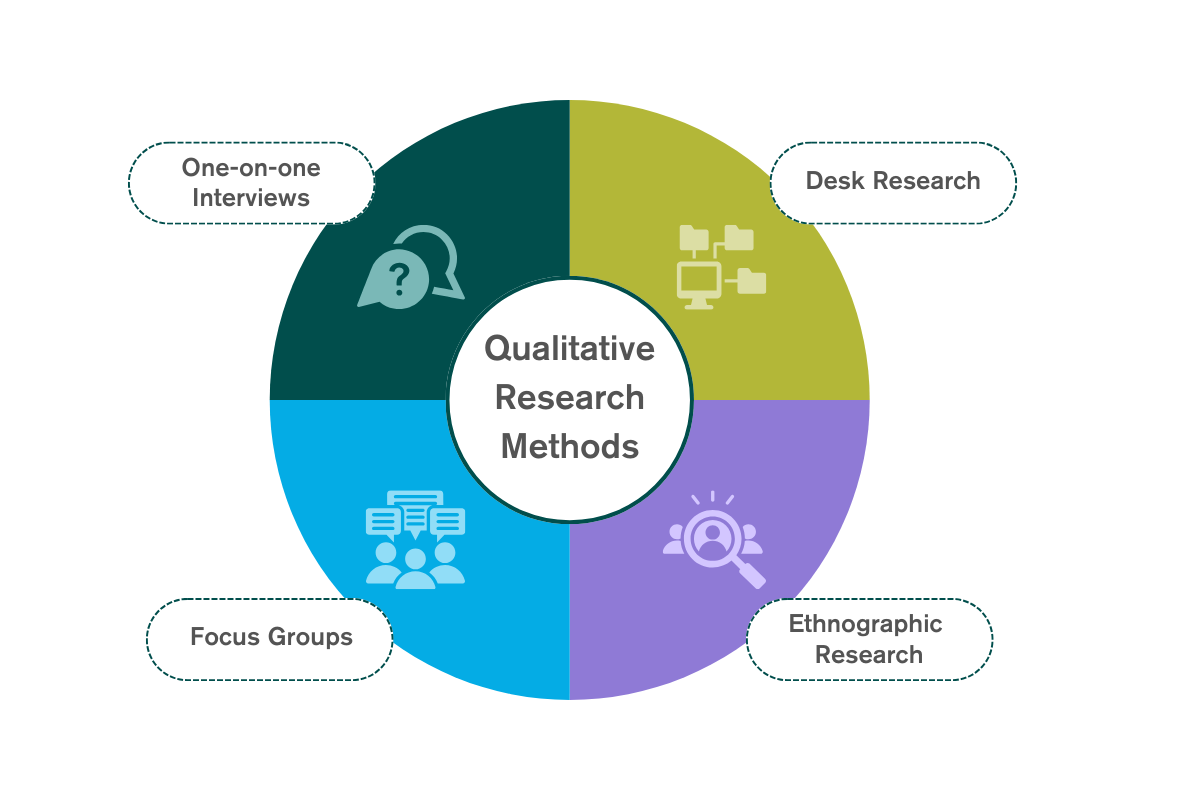How Much Are Sustainable Tires Worth to Fleet Managers?

A leading US tire manufacturer wanted to know how much fleet managers would be willing to pay for more sustainable tires
The Challenge
Multiple value propositions linked to sustainability
Many companies grapple with whether customers are willing to pay more for a sustainable product. A tire manufacturer wanted to know how much fleet managers would pay for nearly 20 different value propositions linked to sustainability. In particular, it needed to evaluate which sustainability benefits drew the most interest – for instance, tires manufactured using alternative energy, or tires with an extended lifespan.
The breadth of the value propositions and customer needs that the manufacturer wanted to measure made this research particularly challenging. It required a B2B market research agency with experience in manufacturing market research to conduct a comprehensive needs assessment and pricing study.
Our Approach
Quant-qual research study to assess needs and price sensitivity
Werk Insight, a B2B market research company, designed a mixed method approach. In the first phase, we conducted 15 qualitative in-depth video interviews with fleet decision-makers. They were asked about:
- What role tires play in sustainability goals
- What needs are most important to them when purchasing tires
- An initial response to specific innovations in tire sustainability
The qualitative phase informed a quantitative survey of 375 fleet decision-makers that were conducted via computer-assisted telephone interviewing (CATI). This quantified the trends in sustainability strategies, tire needs, and attitudes toward tire innovation. In addition, we assessed fleet decision-makers’ Willingness to Pay for tire innovation. We split these insights between different fleet types, including for-hire, private, waste, and government fleets.
The Insight
The value of sustainability in tire purchases
The research identified the value that fleet decision-makers place on sustainability. This included how cost savings, durability, and efficiency drive purchasing decisions for new tires. We also identified which of the 20 sustainability innovations tested provided the most value, and the optimal price uplift – how much more decision-makers were willing to pay. This led to recommendations on the most effective messaging to drive adoption and position product innovation for market success.




